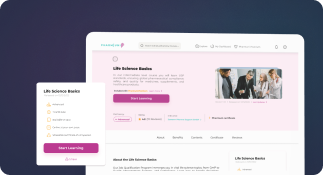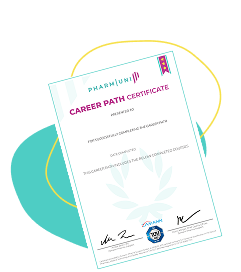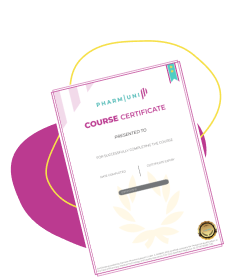Pharmacovigilance Audit
Definition
A pharmacovigilance audit is a systematic, independent, and documented process conducted to evaluate the pharmacovigilance (PV) system of a pharmaceutical company or marketing authorization holder (MAH). The audit ensures that the organization complies with regulatory requirements for drug safety and risk management, including Good Pharmacovigilance Practices (GVP) and other applicable legislation.
Also known as a PV compliance audit, it assesses the adequacy and effectiveness of processes related to the collection, evaluation, and reporting of adverse drug reactions (ADRs) and other safety-related information.
Detailed Explanation
Pharmacovigilance audits are a critical component of a pharmaceutical company’s quality management system. They aim to ensure the ongoing safety of medicinal products by verifying that the pharmacovigilance system is functioning effectively and in accordance with legal obligations.
Purpose of a Pharmacovigilance Audit
- To verify compliance with international and regional pharmacovigilance regulations, such as EU GVP Modules and FDA regulations.
- To evaluate the effectiveness of the pharmacovigilance system in identifying, assessing, and mitigating drug-related risks.
- To identify gaps, weaknesses, or non-conformities in PV processes and recommend corrective and preventive actions (CAPAs).
- To prepare for inspections conducted by health authorities such as the EMA, FDA, or MHRA.
Types of Pharmacovigilance Audits
- Internal Audits: Conducted by the organization’s internal audit team to assess its own PV system.
- External Audits: Conducted by third-party auditors or regulatory authorities.
- Routine Audits: Part of the regular audit schedule based on risk assessments.
- For-Cause Audits: Triggered by specific concerns, such as a significant safety issue or regulatory inspection finding.
Scope of a PV Compliance Audit
The scope of a pharmacovigilance audit may include, but is not limited to:
- Adverse event reporting processes
- Signal detection and management
- Risk management plans (RMPs)
- Periodic safety update reports (PSURs)
- Standard operating procedures (SOPs) and training records
- Contractual agreements with third parties (e.g., CROs or PV vendors)
- Quality management systems and CAPA tracking
Best Practices for Conducting a Pharmacovigilance Audit
- Follow a risk-based approach to prioritize audit activities.
- Use standardized checklists aligned with GVP guidelines.
- Document all findings clearly and classify them by severity (critical, major, minor).
- Ensure timely implementation of CAPAs and monitor their effectiveness.
- Maintain transparency and communication with stakeholders throughout the audit process.
Regulatory Context and Global Importance
Regulatory agencies worldwide mandate pharmacovigilance audits to ensure patient safety and compliance. For instance, the European Medicines Agency (EMA) requires MAHs to maintain a pharmacovigilance system master file (PSMF) that includes audit outcomes. In the U.S., the FDA expects companies to demonstrate robust PV systems during inspections.
Failure to comply with PV requirements can result in regulatory actions such as warning letters, product recalls, or license suspensions.
Example Scenario
Consider a pharmaceutical company launching a new oncology drug in the EU. Before launch, the company conducts a pharmacovigilance audit to verify that its safety database, signal management tools, and SOPs align with GVP Module I and V requirements. The audit identifies a gap in the timeliness of individual case safety report (ICSR) submissions. A CAPA plan is implemented to address the issue, ensuring compliance before regulatory authorities conduct post-marketing inspections.



